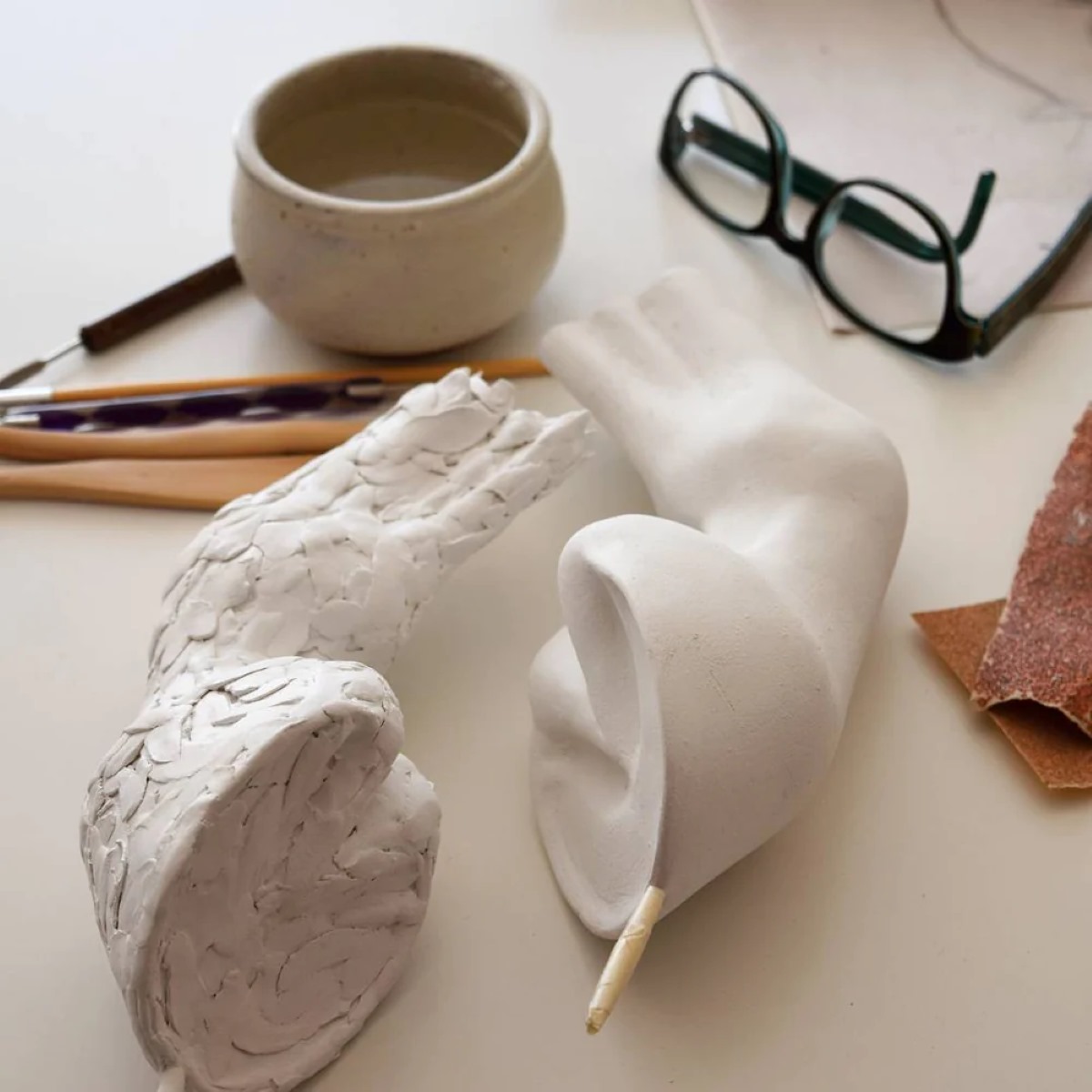

Articles
How To Store Air Dry Clay
Modified: November 2, 2024
Learn the best methods for storing air dry clay with these helpful articles. Keep your clay fresh and workable for all your crafting projects.
(Many of the links in this article redirect to a specific reviewed product. Your purchase of these products through affiliate links helps to generate commission for Storables.com, at no extra cost. Learn more)
Introduction
Welcome to this comprehensive guide on how to store air dry clay. Air dry clay is a versatile and popular crafting material that doesn’t require baking or firing in a kiln. It’s easy to work with and perfect for creating sculptures, jewelry, and other artistic projects. However, once you’ve finished working with air dry clay, it’s important to store it properly to prevent it from drying out and becoming unusable.
In this article, we will discuss the various steps and precautions you need to take to ensure that your air dry clay stays in its optimal condition for future use. From gathering materials to choosing the right storage container, wrapping the clay properly, and finding a suitable storage space, we’ve got you covered.
So, if you’re ready to learn how to keep your air dry clay fresh and ready to use whenever inspiration strikes, let’s dive in!
Key Takeaways:
- Properly storing air dry clay is crucial for maintaining its freshness and usability. From choosing the right container to preventing drying or cracking, each step plays a vital role in preserving the clay’s quality.
- Whether stored in a plastic bag, container, or sealable bag, creating a controlled environment is key. Regular checks, rehydration methods, and long-term storage tips ensure your air dry clay remains pliable and ready for creative projects.
Read more: How To Store Clay So It Doesn’T Dry
Gathering Materials
Before you start storing your air dry clay, it’s important to gather all the necessary materials. Here’s a list of what you’ll need:
- Air dry clay – Make sure you have enough clay to store. It’s always better to have a little extra than to run out.
- Plastic wrap or plastic bags – These will be used to wrap the clay and protect it from drying out.
- Plastic containers with lids – If you prefer storing your clay in containers, make sure you have enough containers that can seal tightly.
- Labels – It’s helpful to label your storage containers with the type of clay and the date it was stored. This way, you can easily identify the clay and keep track of its freshness.
- Storage space – Find a cool and dry place where you can keep your clay. Avoid storing it in direct sunlight or in areas with high humidity.
Now that you have all your materials ready, let’s move on to the next step: choosing a storage container.
Choosing a Storage Container
When it comes to storing air dry clay, choosing the right container is crucial. The container you choose will determine how well the clay is protected from drying out and how easy it is to access when you’re ready to use it again. Here are a few factors to consider when selecting a storage container:
- Airtightness – Look for containers that have a tight-sealing lid. This will help prevent air from entering the container and drying out the clay.
- Size – Choose a container that is appropriate for the amount of clay you have. You don’t want a container that is too large, as excess air space can accelerate drying. On the other hand, a container that is too small may not provide enough room for the clay.
- Material – Opt for plastic containers rather than metal or glass. Plastic is less likely to transfer heat and moisture, which can affect the clay’s condition.
- Transparency – If possible, choose a container that is transparent or semi-transparent. This will allow you to see the clay without having to open the container, which can introduce air and affect the clay’s freshness.
Remember, the goal is to keep the air dry clay in a controlled environment, free from excessive air exposure, heat, and moisture. With these considerations in mind, you can choose a suitable storage container that will keep your clay in optimal condition.
Next, we’ll discuss how to prepare the clay for storage to ensure it remains in the best possible shape for future use.
Preparing the Clay for Storage
Before you store your air dry clay, it’s important to prepare it properly. This will help ensure that the clay stays moist and pliable during storage. Here are the steps to follow when preparing your clay:
- Check the clay’s condition – Before storing, inspect your air dry clay for any signs of drying or cracking. If the clay feels too dry or has started to harden, you may need to add a few drops of water and knead it gently to restore its moisture.
- Knead the clay – To make sure the clay is evenly moistened, knead it thoroughly with clean hands. This helps distribute any added moisture and prevents the clay from drying out too quickly.
- Remove air bubbles – While kneading, pay attention to any air bubbles that may be trapped in the clay. These bubbles can cause uneven drying and cracking. Gently press or poke the clay to release the air bubbles and smooth out the surface.
- Shape the clay – If you’re storing small pieces of clay, shape them into balls or discs. This helps maintain an even thickness and minimizes drying risks. For larger pieces, consider wrapping them individually before storing.
By following these steps, you can ensure that your air dry clay is properly prepared for storage. The next step is to wrap the clay properly, which will further protect it from drying out.
Wrapping the Clay Properly
Properly wrapping your air dry clay is essential to prevent it from drying out and becoming unusable. By following these steps, you can ensure that your clay stays moist and ready for future projects:
- Place the clay on a clean surface – Start by placing your clay on a clean workspace. This will ensure that no dirt or debris gets trapped in the clay during the wrapping process.
- Use plastic wrap or plastic bags – To protect the clay from air exposure, wrap it tightly in several layers of plastic wrap. Make sure the entire surface of the clay is covered. Alternatively, you can place the clay in a plastic bag and seal it tightly.
- Avoid using aluminum foil or wax paper – While these materials may seem like convenient options for wrapping clay, they are not recommended. Aluminum foil can cause the clay to dry out, and wax paper can stick to the clay and affect its texture.
- Consider dividing large pieces of clay – If you have large pieces of clay, consider dividing them into smaller sections before wrapping. This allows for better air circulation and reduces the risk of uneven drying.
- Label the wrapped clay – Don’t forget to label the wrapped clay with the type of clay and the date it was stored. This will help you keep track of the clay’s freshness and ensure that you use it in a timely manner.
It’s important to note that the key to wrapping clay properly is to ensure a tight seal and minimal air exposure. By following these steps, you can effectively protect your air dry clay and prolong its shelf life.
Next, we will discuss different methods for storing the wrapped clay, depending on your preferences and the available resources.
Read more: How To Store Clay
Storing Clay in a Plastic Bag
If you choose to store your wrapped air dry clay in a plastic bag, follow these steps to ensure its longevity:
- Ensure a secure seal – Use a plastic bag that has airtight sealing capabilities. This will help prevent air from entering the bag and drying out the clay.
- Place the wrapped clay in the bag – Carefully insert the wrapped clay into the plastic bag. Make sure it fits comfortably without crumpling or squishing the clay.
- Remove excess air – Before sealing the bag, try to remove as much excess air as possible. This can be done by gently pressing down on the bag while sealing it. The less air inside, the better the protection for the clay.
- Label the bag – Don’t forget to label the bag with the type of clay and the date it was stored. This will help you easily identify the clay and keep track of its freshness.
- Store the bag in a suitable location – Find a cool and dry place to store the bag of clay. Avoid areas with direct sunlight or high humidity, as these conditions can cause the clay to dry out faster.
Storing the wrapped clay in a plastic bag provides an additional layer of protection against air and moisture. It’s a convenient option that allows for easy access and keeps the clay contained in a compact and sealed package.
However, if you prefer using plastic containers for storage, the next section will cover the steps to store the clay in a plastic container.
Store air dry clay in an airtight container or plastic bag to prevent it from drying out. Keep it in a cool, dry place away from direct sunlight to maintain its moisture and pliability.
Storing Clay in a Plastic Container
If you prefer using plastic containers to store your air dry clay, here’s how you can do it effectively:
- Select a suitable plastic container – Choose a container that is made of sturdy, food-grade plastic and has a tight-sealing lid. This will help keep the clay protected from air exposure and maintain its moisture levels.
- Place the wrapped clay in the container – Gently place the wrapped clay into the container. Make sure it fits comfortably without any excessive pressure or bending.
- Seal the container tightly – Close the lid of the container securely to create an airtight seal. This will prevent air from entering the container and keep the clay fresh for a longer period.
- Label the container – Use a marker or a label to write down the type of clay and the date it was stored. This will help you easily identify the clay and keep track of its freshness.
- Find an appropriate storage location – Store the plastic container in a cool and dry place, away from direct sunlight and excessive humidity. This will help maintain the clay’s moisture levels and prevent it from drying out.
Storing air dry clay in a plastic container provides excellent protection against air and moisture. It allows you to stack multiple containers conveniently, keeping your workspace organized and your clay accessible for future use.
Whether you choose to store your clay in a plastic bag or a plastic container, the goal is to create an environment that preserves the moisture and texture of the clay. Next, we will discuss storing clay in a sealable bag or container for extended periods.
Storing Clay in a Sealable Bag or Container
If you’re planning to store your air dry clay for an extended period, it’s recommended to use a sealable bag or container to provide maximum protection. Here’s how you can store your clay in a sealable bag or container:
- Prepare the clay and wrap it tightly – Follow the steps mentioned earlier to prepare and wrap your air dry clay properly.
- Place the wrapped clay in a sealable bag or container – Gently place the wrapped clay into a sealable bag or container. If using a bag, make sure it is large enough to comfortably accommodate the wrapped clay.
- Remove excess air from the bag or container – Squeeze out any excess air from the bag or container before sealing it. This will create a vacuum-like environment that slows down the drying process.
- Seal the bag or container tightly – Ensure that the bag or container is sealed tightly to prevent air from entering and moisture from escaping. This will help maintain the optimal moisture level of the clay.
- Label the bag or container – Clearly label the bag or container with the type of clay and the date it was stored. This will help you keep track of its freshness and usage.
- Store in a cool and dry place – Find a suitable storage space that is cool, dry, and away from direct sunlight or high humidity. This will ensure that the clay remains in its best condition.
Storing air dry clay in a sealable bag or container provides an added level of protection against air and moisture. It’s an ideal option if you anticipate storing the clay for a long time, as it helps to minimize drying and maintain the moisture content of the clay.
By following these steps and selecting the right storage method for your needs, you can ensure that your air dry clay remains fresh and ready to use whenever inspiration strikes. However, finding a suitable storage space is equally important to maintain the clay’s quality, which we will discuss in the next section.
Finding a Suitable Storage Space
When it comes to storing air dry clay, choosing the right storage space is crucial to maintain its quality and prevent it from drying out. Here are some factors to consider when selecting a suitable storage space:
- Temperature – Find a storage space with a consistent temperature. Extreme temperatures can have a negative impact on the clay, causing it to dry out or become brittle. Ideally, aim for a temperature between 65°F to 75°F (18°C to 24°C).
- Humidity – Keep the clay in an area with low humidity. High humidity can lead to moisture absorption, making the clay soft or sticky. Aim for a humidity level of 40% to 50% if possible.
- Light – Avoid storing the clay in direct sunlight or under bright artificial lights. Prolonged exposure to light can cause discoloration and affect the texture of the clay.
- Avoid draughty areas – Ensure that the storage space is free from drafts or airflow. Constant exposure to air can accelerate drying and lead to cracking of the clay.
Additionally, consider the accessibility and convenience of the storage space. You want to ensure that the clay is easily accessible whenever you need it for your crafting projects.
Based on these considerations, ideal storage spaces could include a cool and dry cupboard, a dedicated storage box or shelf, or even a portable storage container specifically designed for crafts.
Remember, maintaining the optimal conditions in the storage space will help prolong the clay’s freshness and usability. Now that we’ve covered finding a suitable storage space, let’s move on to discussing ways to prevent drying or cracking of the clay during storage.
Read more: How To Store Clay Bar
Preventing Drying or Cracking
Proper storage techniques are essential to prevent air dry clay from drying out or cracking. By following these tips, you can maintain the clay’s moisture and prevent any damage:
- Keep the clay wrapped – Whether you choose to store the clay in a plastic bag or a container, make sure it remains wrapped at all times. This will provide an extra layer of protection against moisture loss.
- Avoid overexposure to air – When accessing the clay, only unwrap or open the container for the amount you need. Exposing the entire quantity to air for an extended period can lead to drying or uneven moisture distribution.
- Moisturize if necessary – If you notice the clay becoming slightly dry, you can lightly mist it with water or place a damp paper towel in the storage container. This will help rehydrate the clay and prevent cracking.
- Handle with clean and dry hands – Whenever you touch the clay, make sure your hands are clean and dry. Oils and moisture from your hands can transfer to the clay, affecting its texture and moisture content.
- Store in a cool and dry environment – As mentioned earlier, finding a suitable storage space with a consistent temperature and low humidity is essential. Avoid storing the clay near heaters, vents, or areas with high moisture levels.
- Regularly check the clay – Periodically check your stored clay to ensure it’s maintaining its moisture level. If you notice any signs of drying or cracking, immediately take steps to rehydrate the clay or use it up before it becomes unusable.
By following these preventive measures, you can enjoy your air dry clay for an extended period without worrying about it drying out or cracking. Remember, proper storage and handling are key to maintaining the quality of your clay over time.
Now that you have a good understanding of how to prevent drying or cracking, let’s move on to some additional tips for long-term storage.
Tips for Long-Term Storage
If you plan to store your air dry clay for an extended period, consider these tips to ensure its long-term preservation:
- Rotate your clay – If you have multiple batches of air dry clay, rotate their usage. This helps prevent older clay from sitting unused for too long, reducing the risk of drying out.
- Store in airtight containers – Using airtight containers provides the best protection against air exposure. This is especially important for long-term storage, as it minimizes the chances of moisture loss and drying out.
- Properly seal the containers – Ensure that the lids of the containers are tightly sealed after use. This prevents air from entering and maintains the clay’s moisture level.
- Store in a cool place – Heat can accelerate the drying process of air dry clay. Find a cool storage space, away from direct sunlight and heat sources, to maintain a stable temperature.
- Check periodically – Regularly inspect your stored clay for any signs of drying or deterioration. If you notice any issues, take immediate steps to rehydrate or use up the clay before it becomes unusable.
- Organize and label – Keep your stored clay organized by labeling the containers or bags with the type of clay and the date it was stored. This makes it easier to locate and track the freshness of each batch.
- Consider rehydration methods – If you have clay that has become slightly dry, consider rehydrating it before use. You can mist it with water, place it in a sealed bag with a damp paper towel, or knead in a small amount of water to restore its moisture.
By following these tips, you can ensure that your air dry clay remains in optimal condition during long-term storage. Regular checks and maintaining a controlled storage environment will help extend the shelf life of your clay, allowing you to use it for future creative projects.
Now that we’ve covered tips for long-term storage, let’s conclude this article.
Conclusion
Storing air dry clay properly is essential for preserving its moisture, texture, and usability over time. By following the steps and tips outlined in this guide, you can ensure that your clay stays fresh and ready for your next creative project.
From gathering all the necessary materials to choosing the right storage container, properly preparing and wrapping the clay, and finding a suitable storage space, each step plays a crucial role in maintaining the clay’s quality.
Whether you opt for storing the clay in a plastic bag, plastic container, or using a sealable bag or container, the goal is to create a controlled environment that prevents excessive moisture loss and air exposure.
By preventing drying or cracking through proper wrapping techniques and avoiding overexposure to air, your clay will remain pliable and ready to use whenever inspiration strikes.
Remember to periodically check the clay and take necessary steps for rehydration if needed. And for long-term storage, consider following the additional tips provided to ensure the clay’s longevity and usability.
Now that you’re equipped with the knowledge and techniques of how to store air dry clay, you can confidently preserve and protect your precious crafting material. With proper storage, your air dry clay will be kept in its optimal condition, just waiting for you to unleash your creativity!
Frequently Asked Questions about How To Store Air Dry Clay
Was this page helpful?
At Storables.com, we guarantee accurate and reliable information. Our content, validated by Expert Board Contributors, is crafted following stringent Editorial Policies. We're committed to providing you with well-researched, expert-backed insights for all your informational needs.
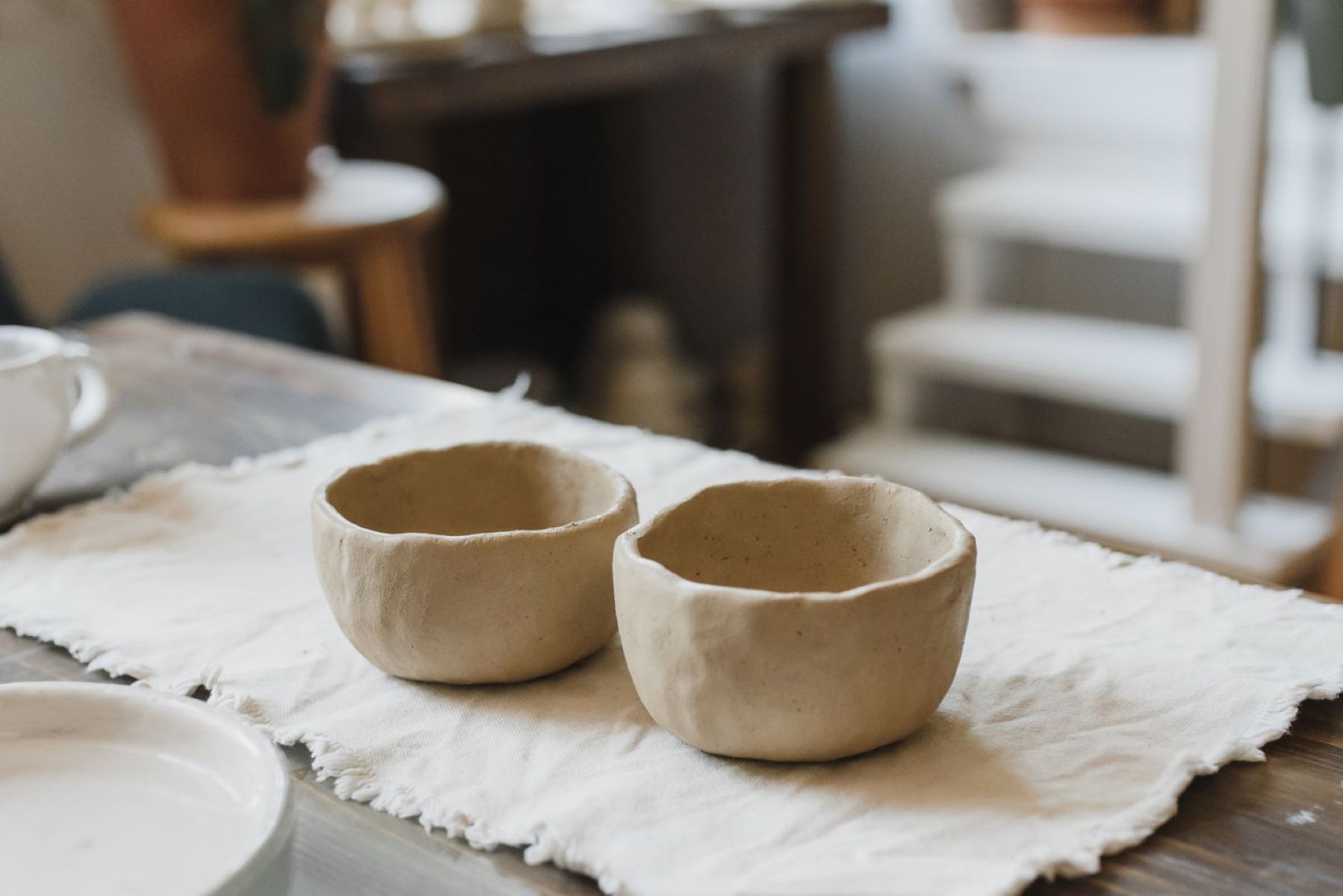
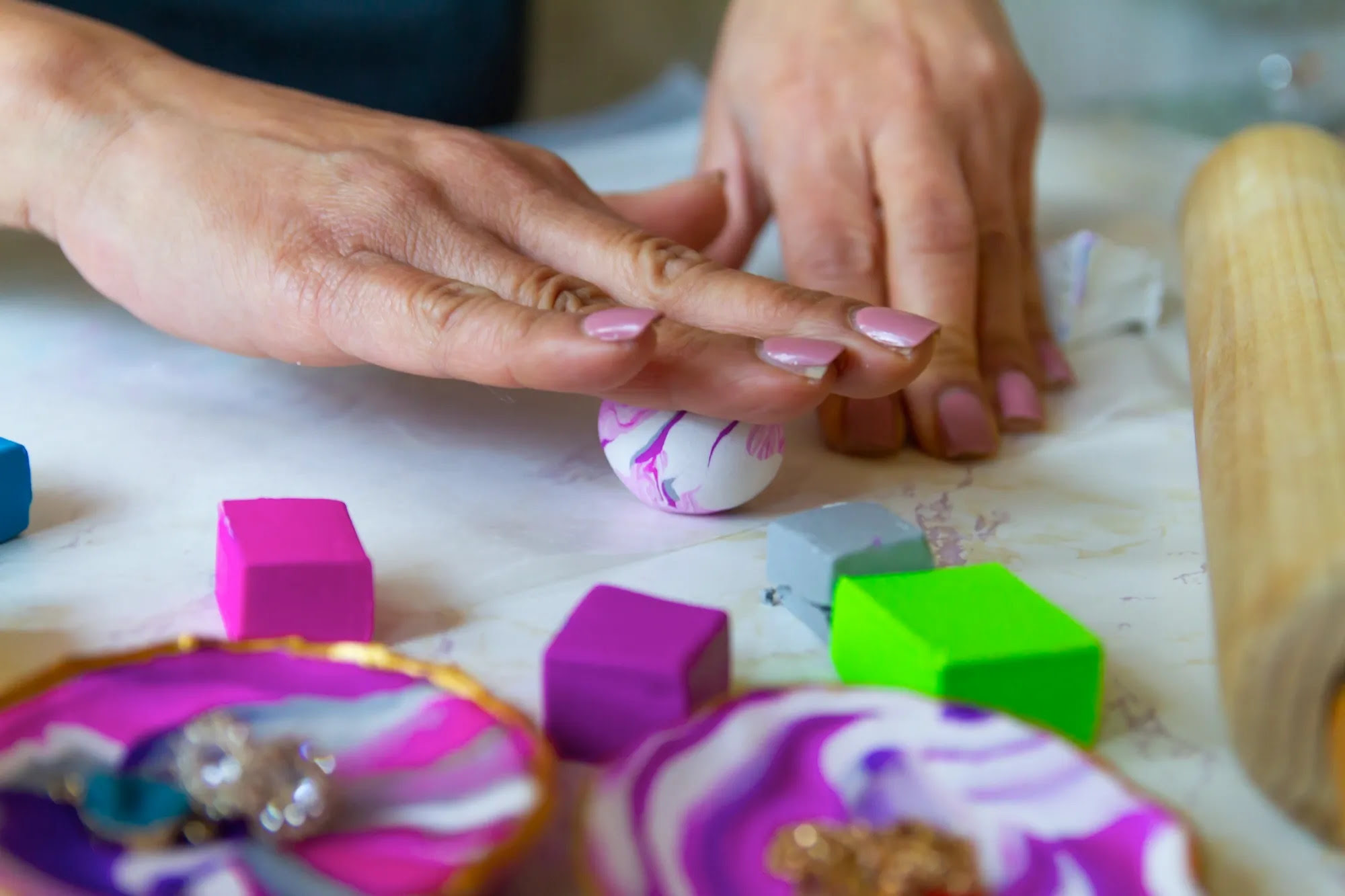
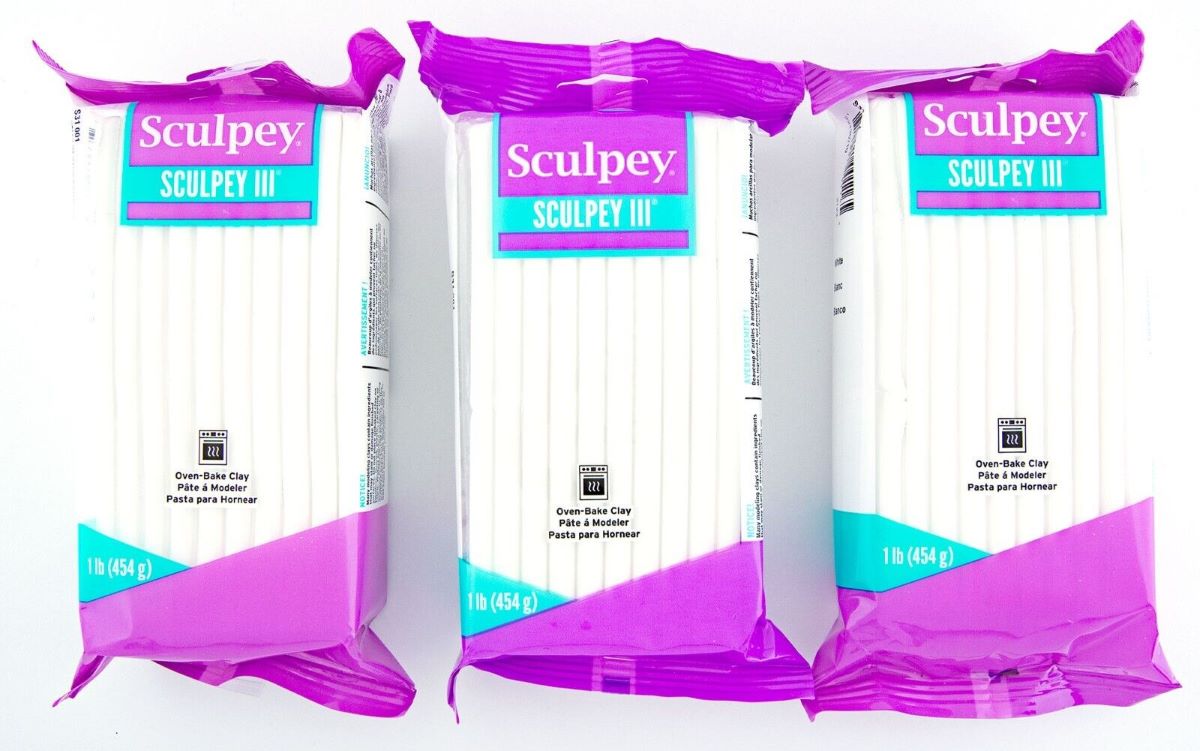
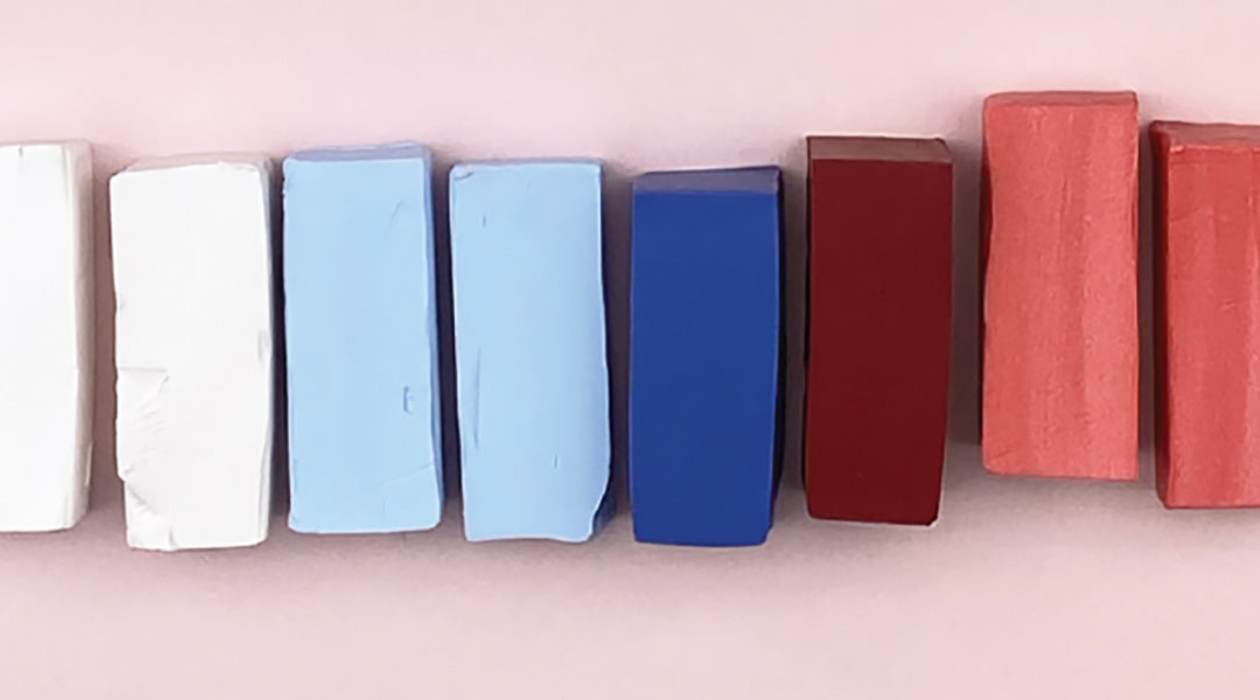
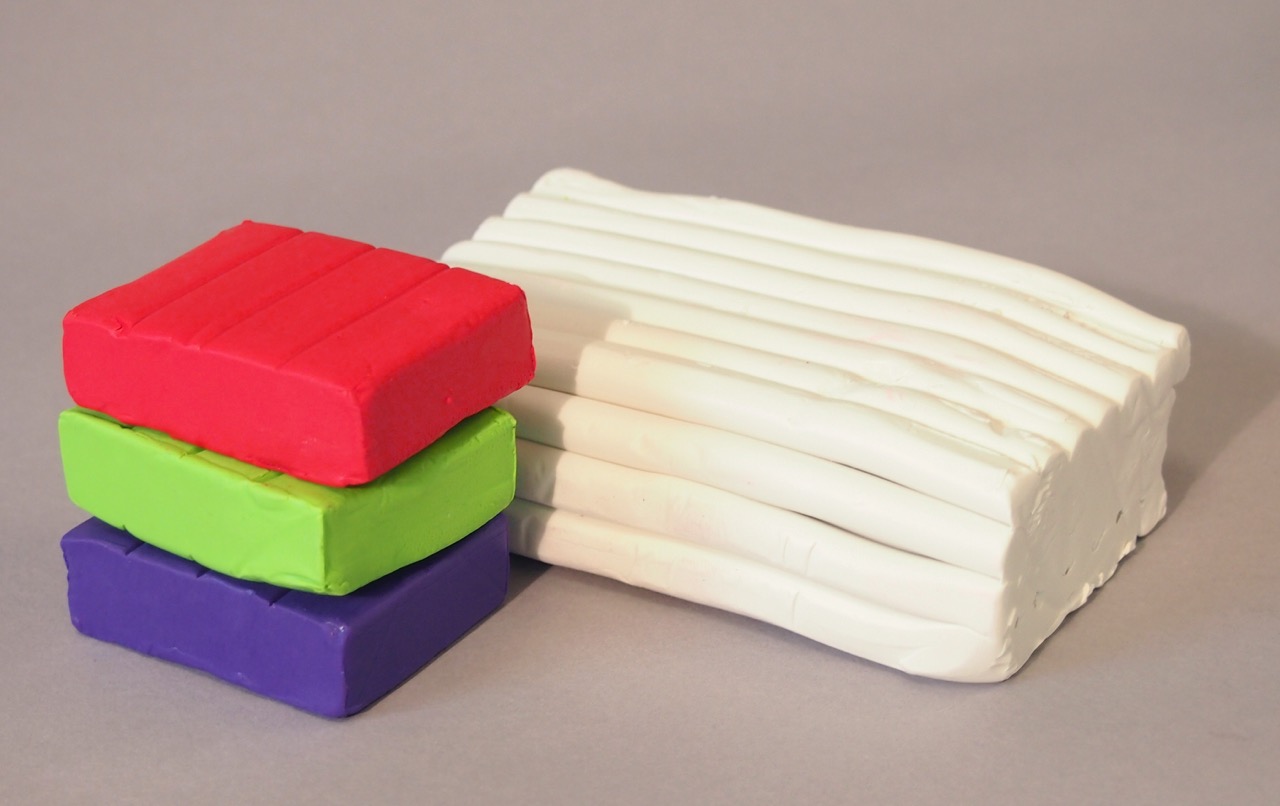
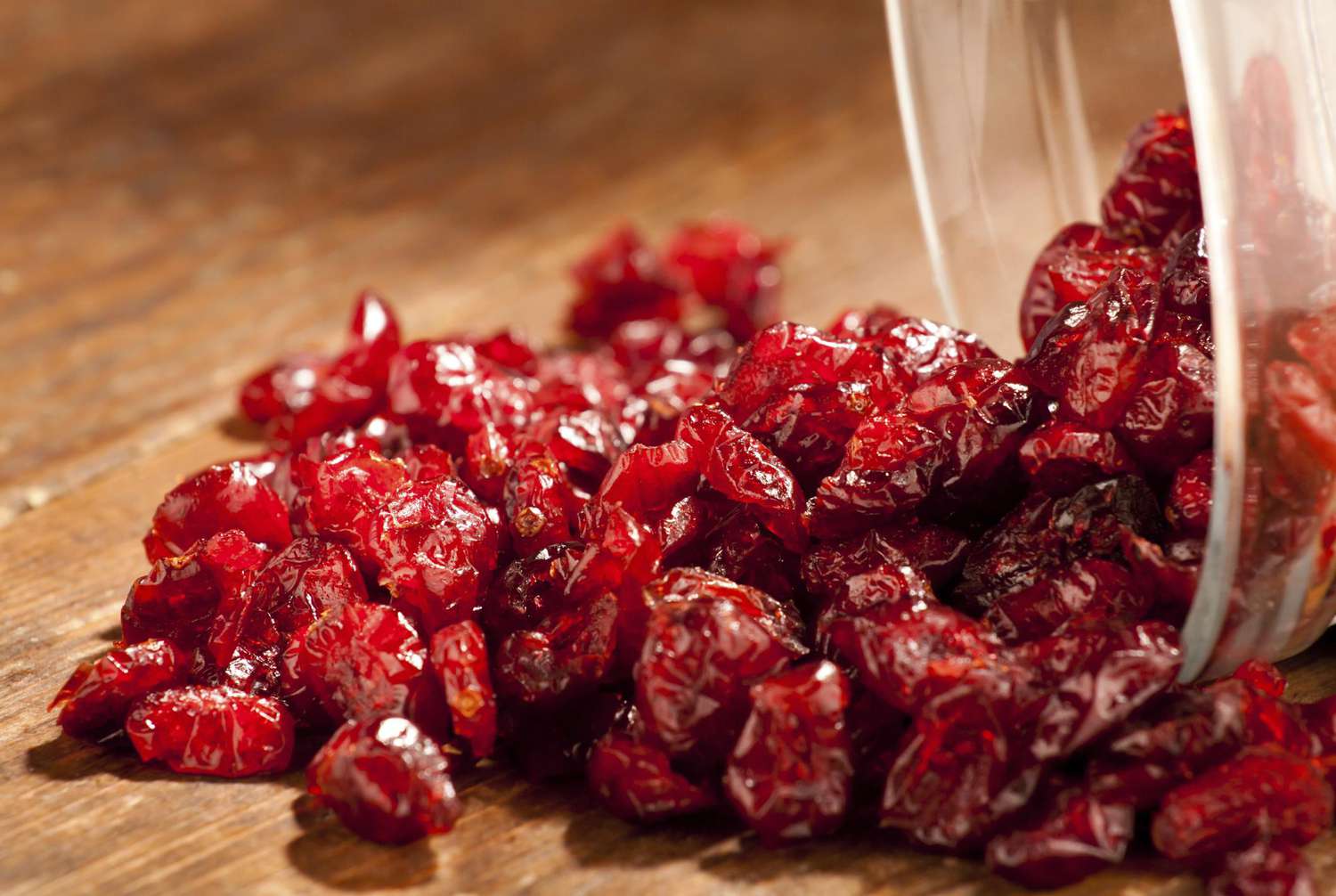


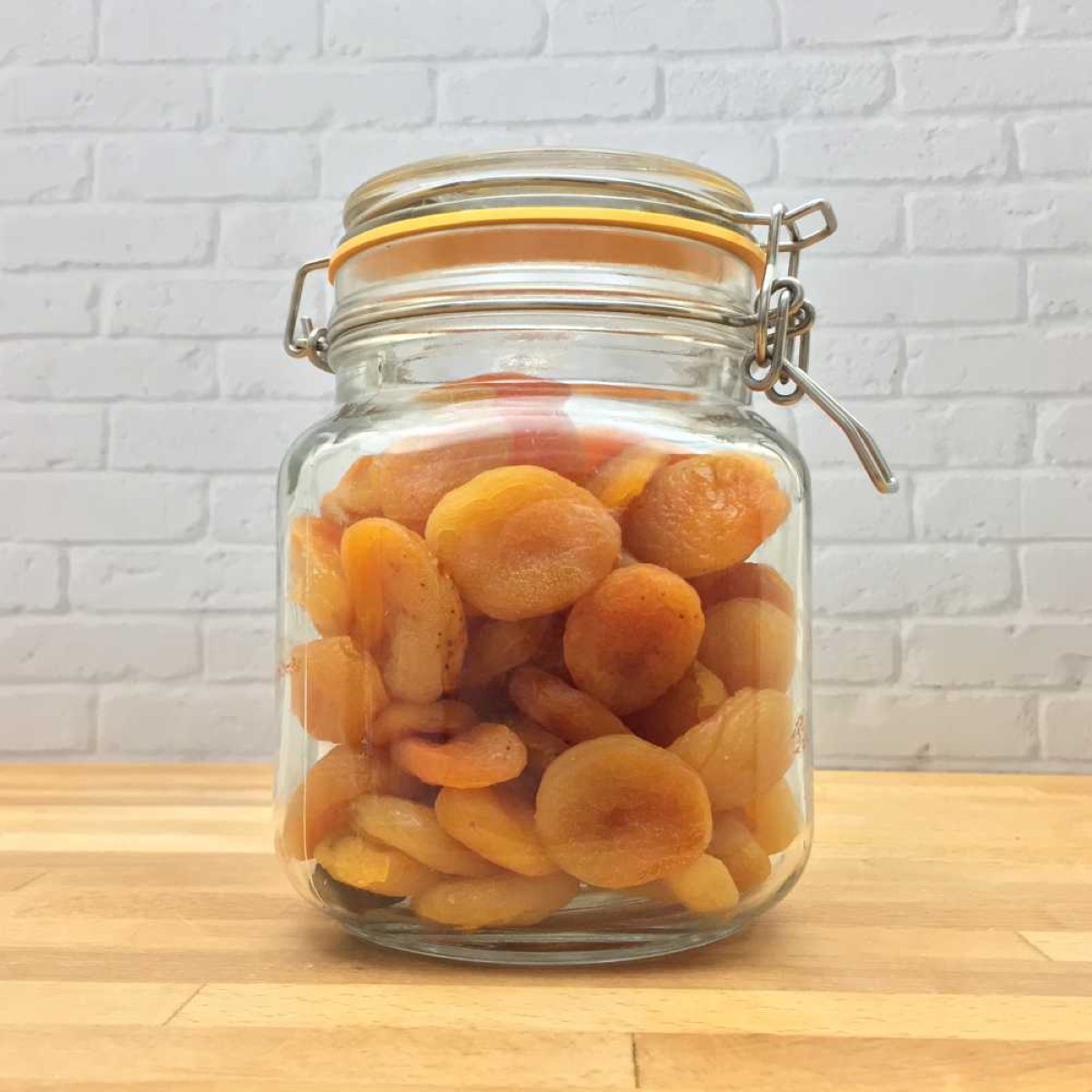

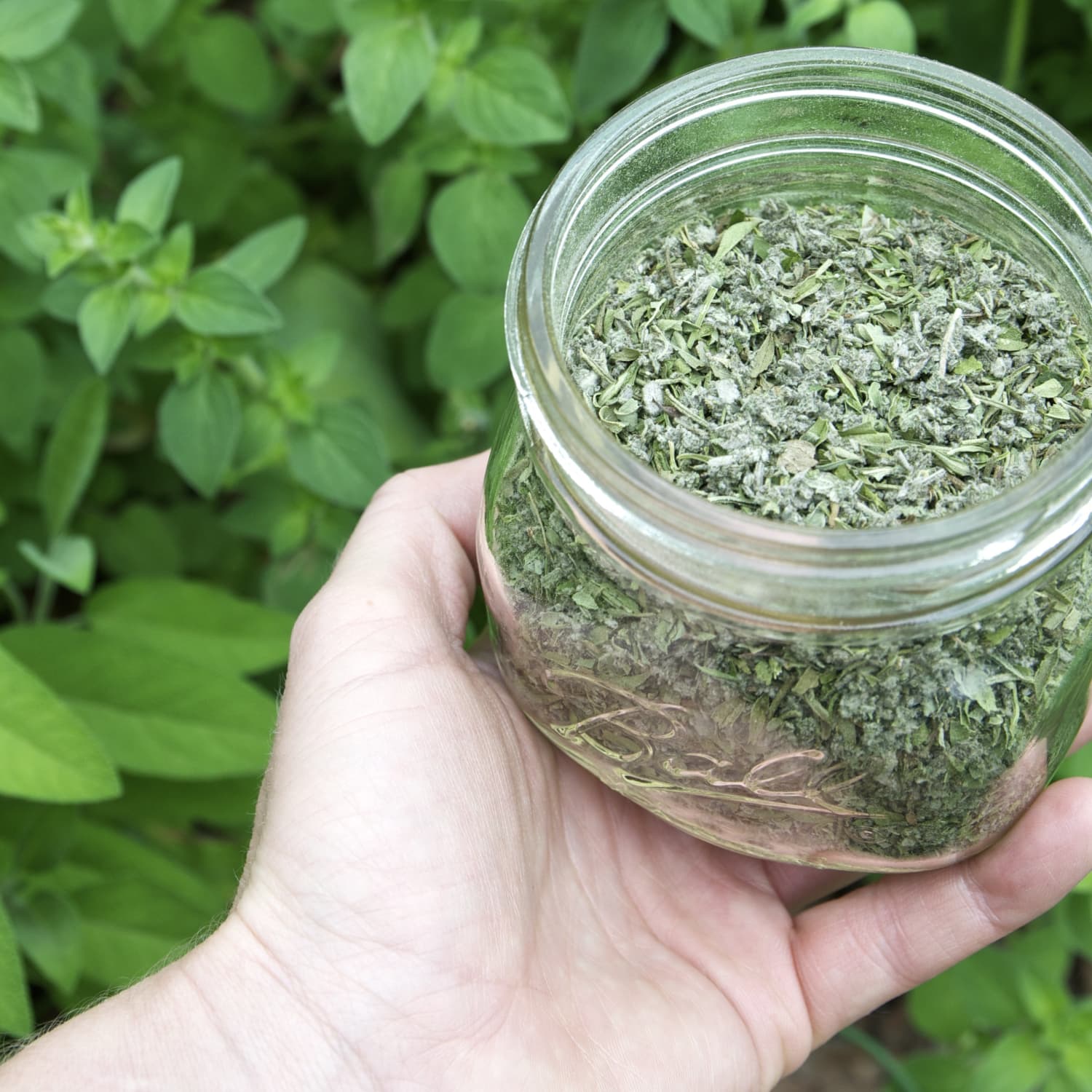

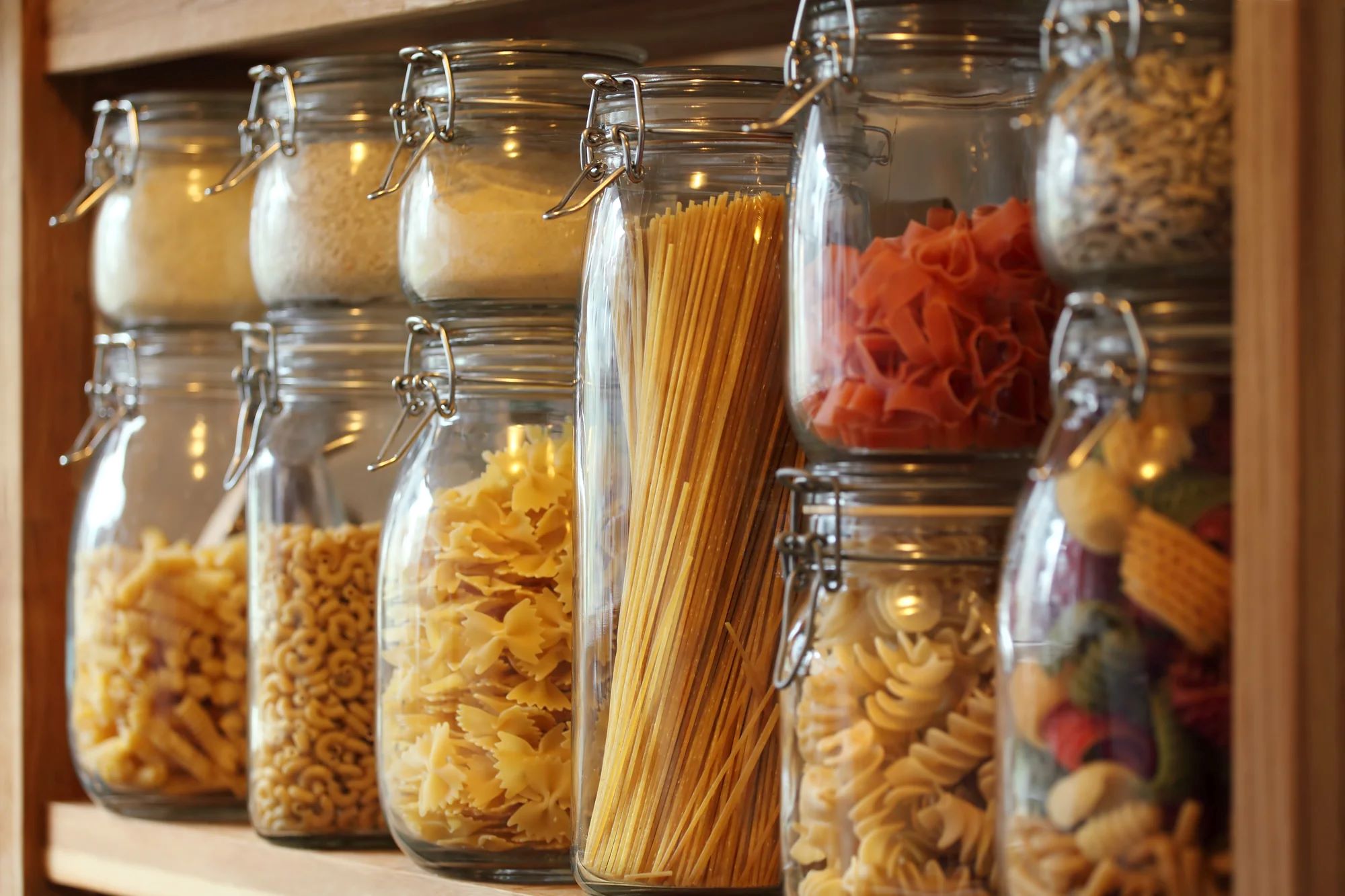

0 thoughts on “How To Store Air Dry Clay”